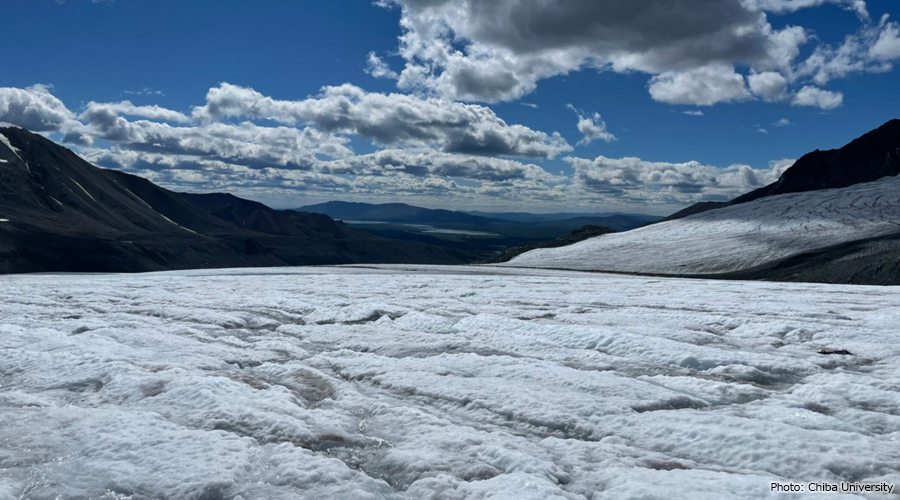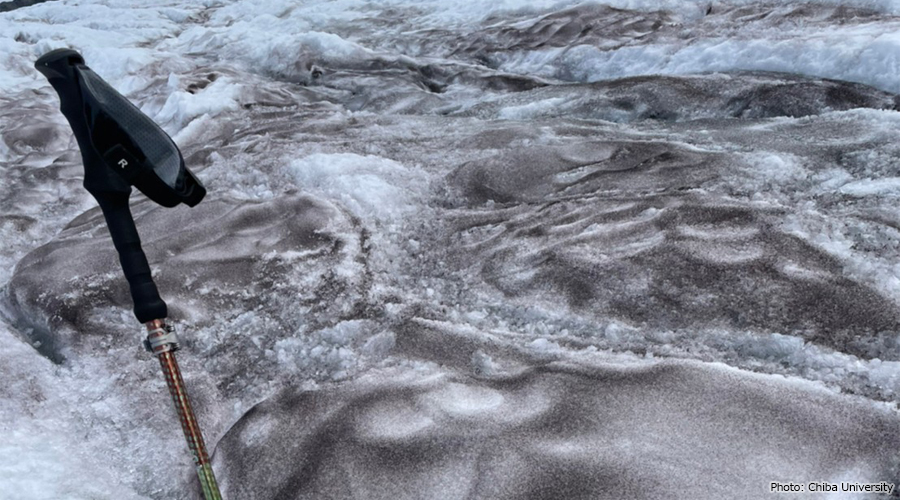Microbes on the glacier surface – first glacier expedition
Overseas Fellowship Program Participant: FY2022 First Call Short-Term Program
Kino Kobayashi (Chiba University)
I went to Gulkana Glacier in Alaska, USA as a part of the Overseas Fellowship Program, Arctic Challenge for Sustainability II (ArCS II) Project. This is the glacier I am researching, and it was my first time to go to the glacier.

My research theme is “chytrids with the potential to suppress glacier melting”. On the surface of glaciers, the blooming of glacier algae having dark-colored pigments in their cells causes the darkening of the glacier, which has accelerated the melting rate of the ice. Chytrids, a kind of fungus, parasitize these algae and may suppress the darkening. However, the cause of the spread of chytrid infections of glacier algae was not clarified. Therefore, I corrected samples and conducted experiments on the glacier surface.
On the surface of the glacier, I saw the darkening of the glacier and cryoconite holes which are small, cylindrical, water-filled pits, which I had only seen in photographs before. Furthermore, collembolas hopped on the glacier, and I realized that organisms are active even in such a cold environment. Looking at the sample using a microscope, I was able to discover chytrids with a new type of morphology.

Ⅿy first expedition on the glacier gave me many questions and new ideas. I will continue my research to clarify the factors of the spread of chytrid infections and the contribution of chytrids to the suppression of glacier melting.
I would like to thank all the people who supported me during the expedition, Prof. Takeuchi, and people involved in ArCS II.
